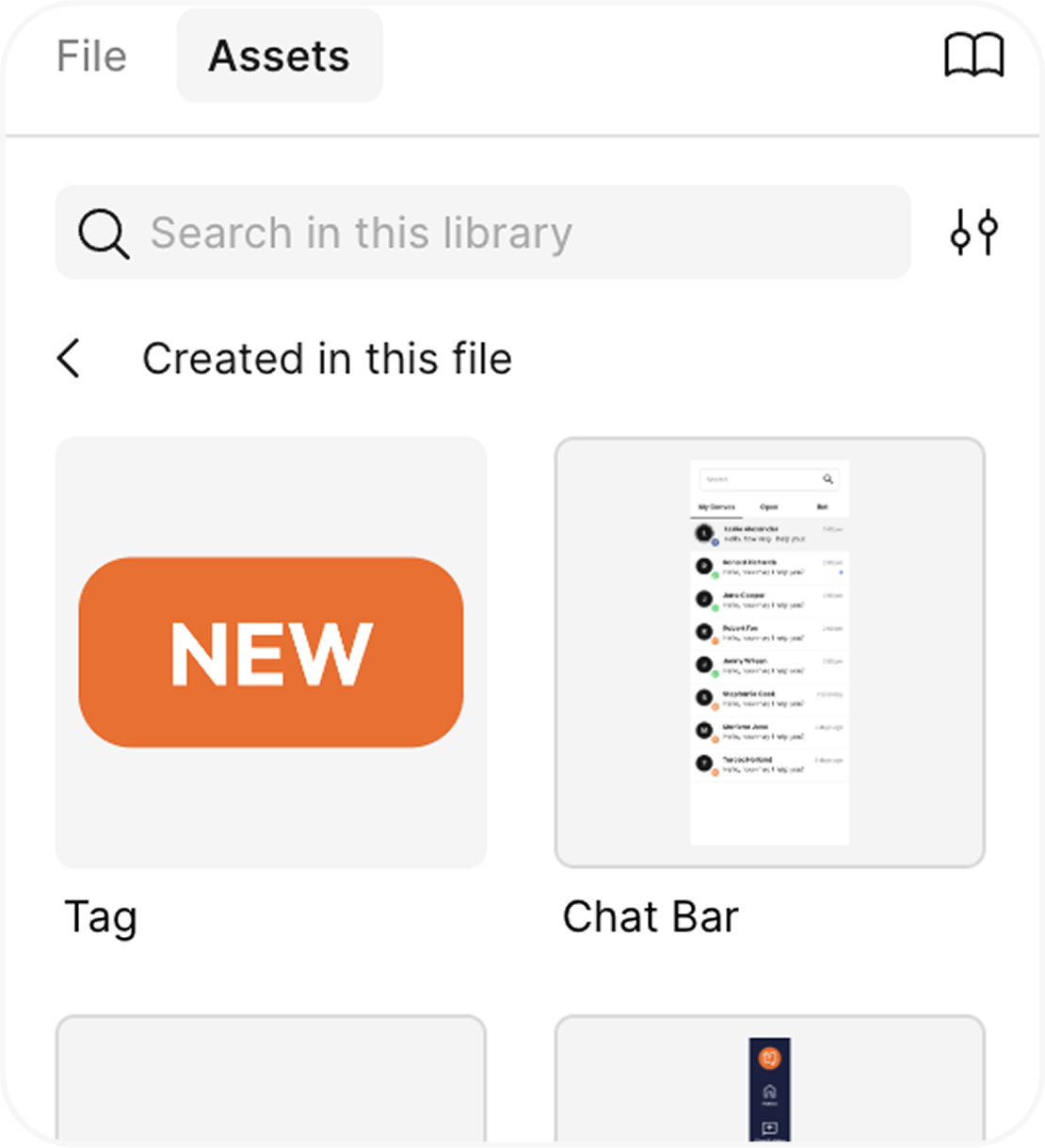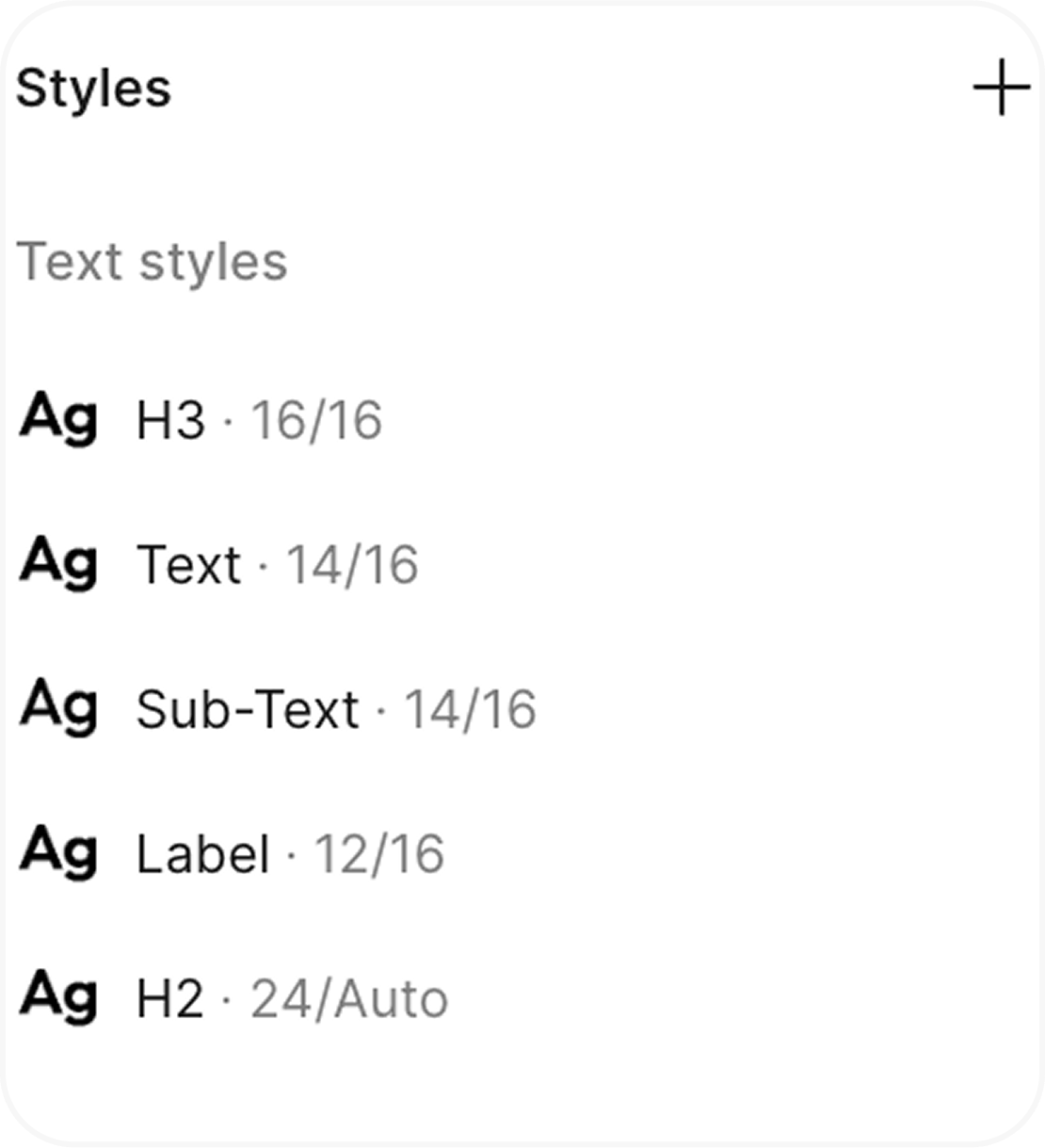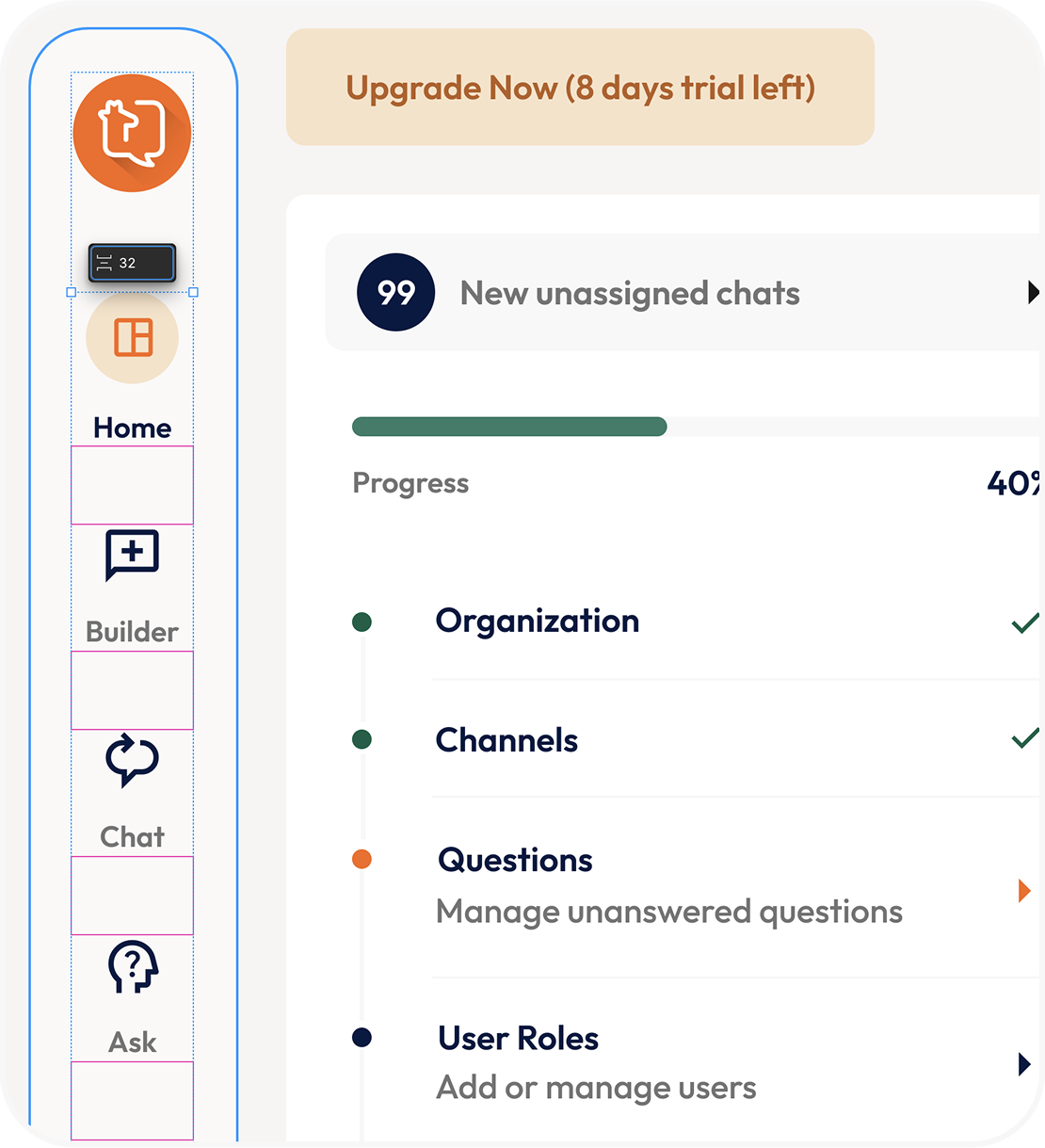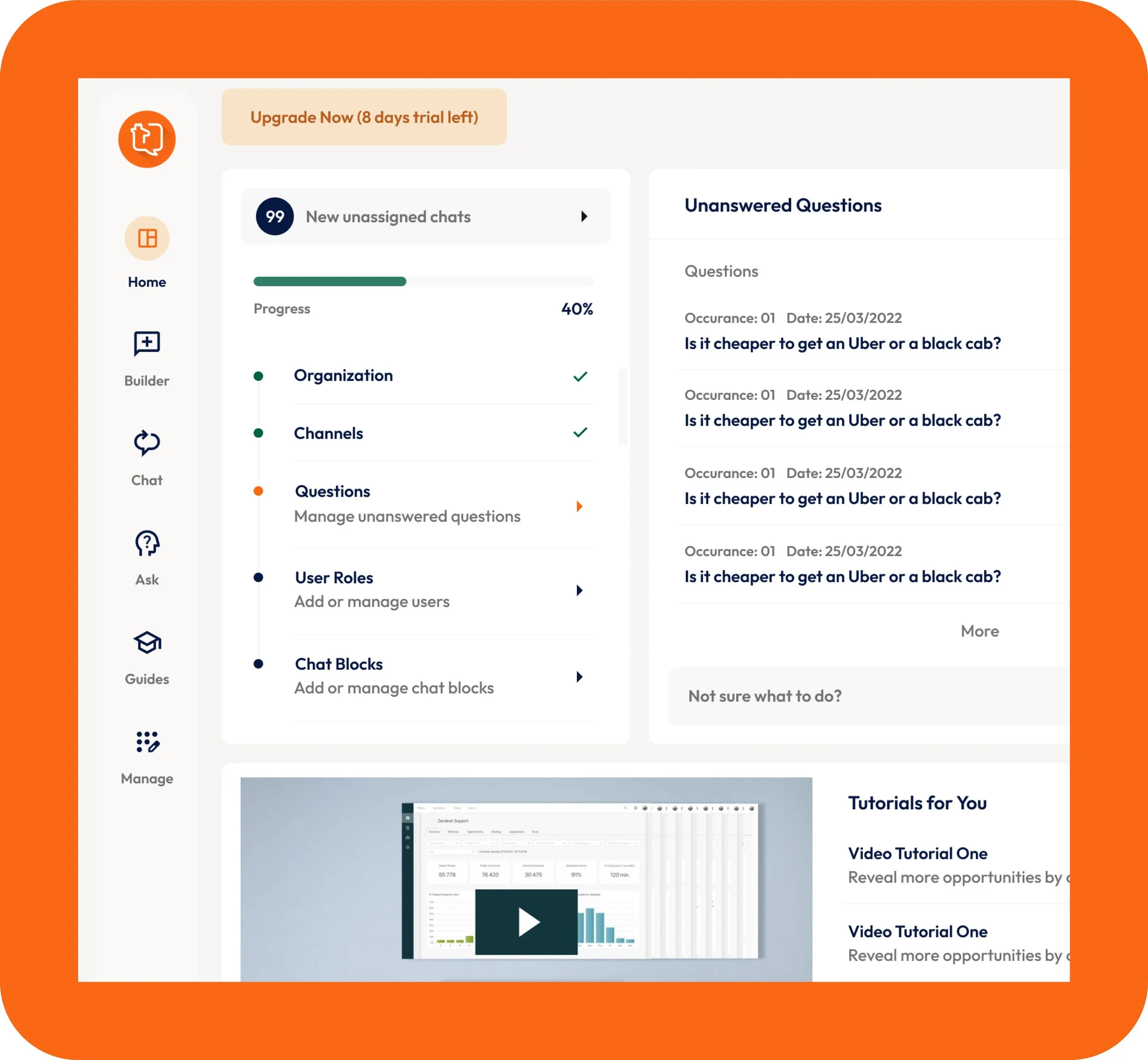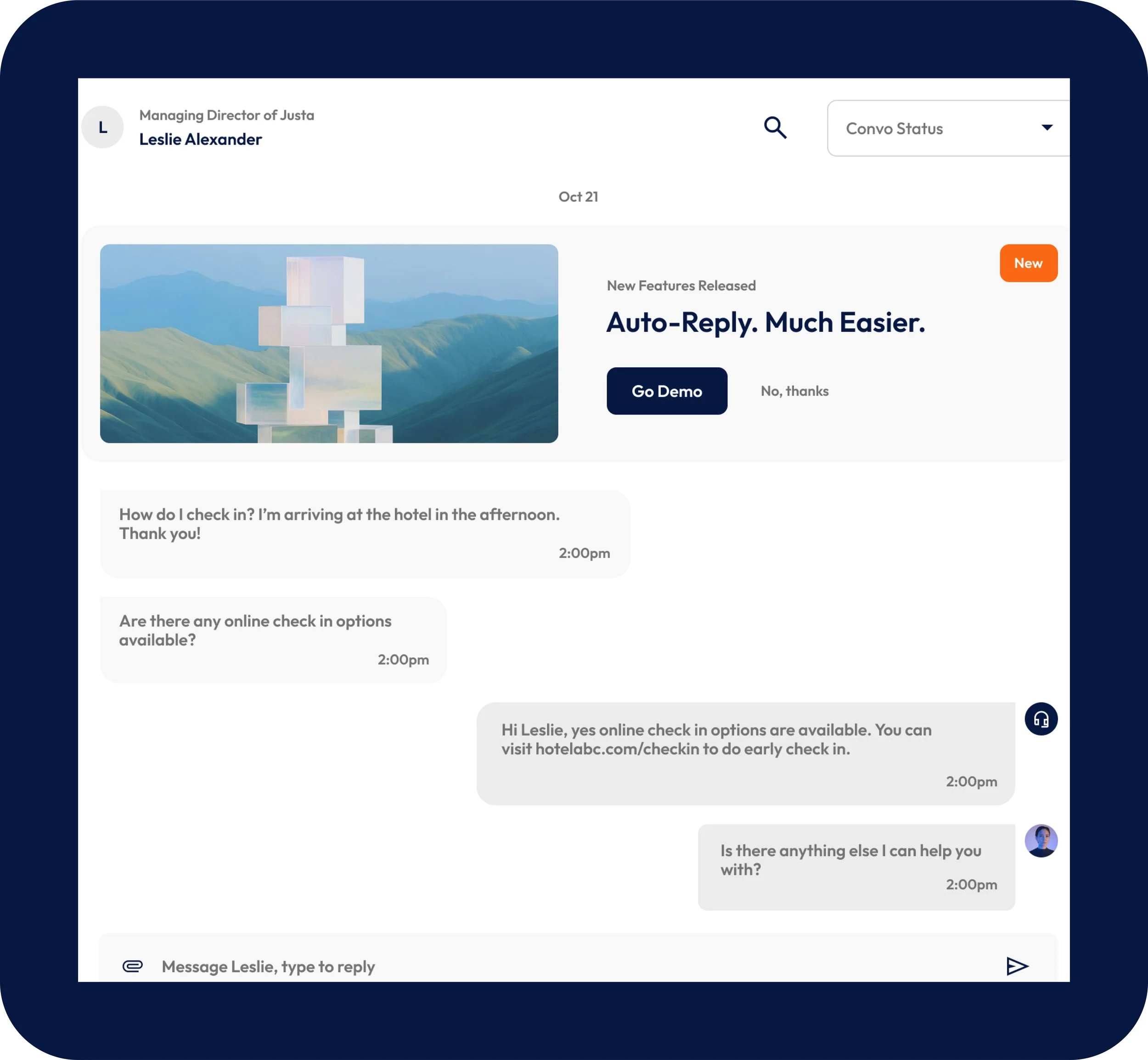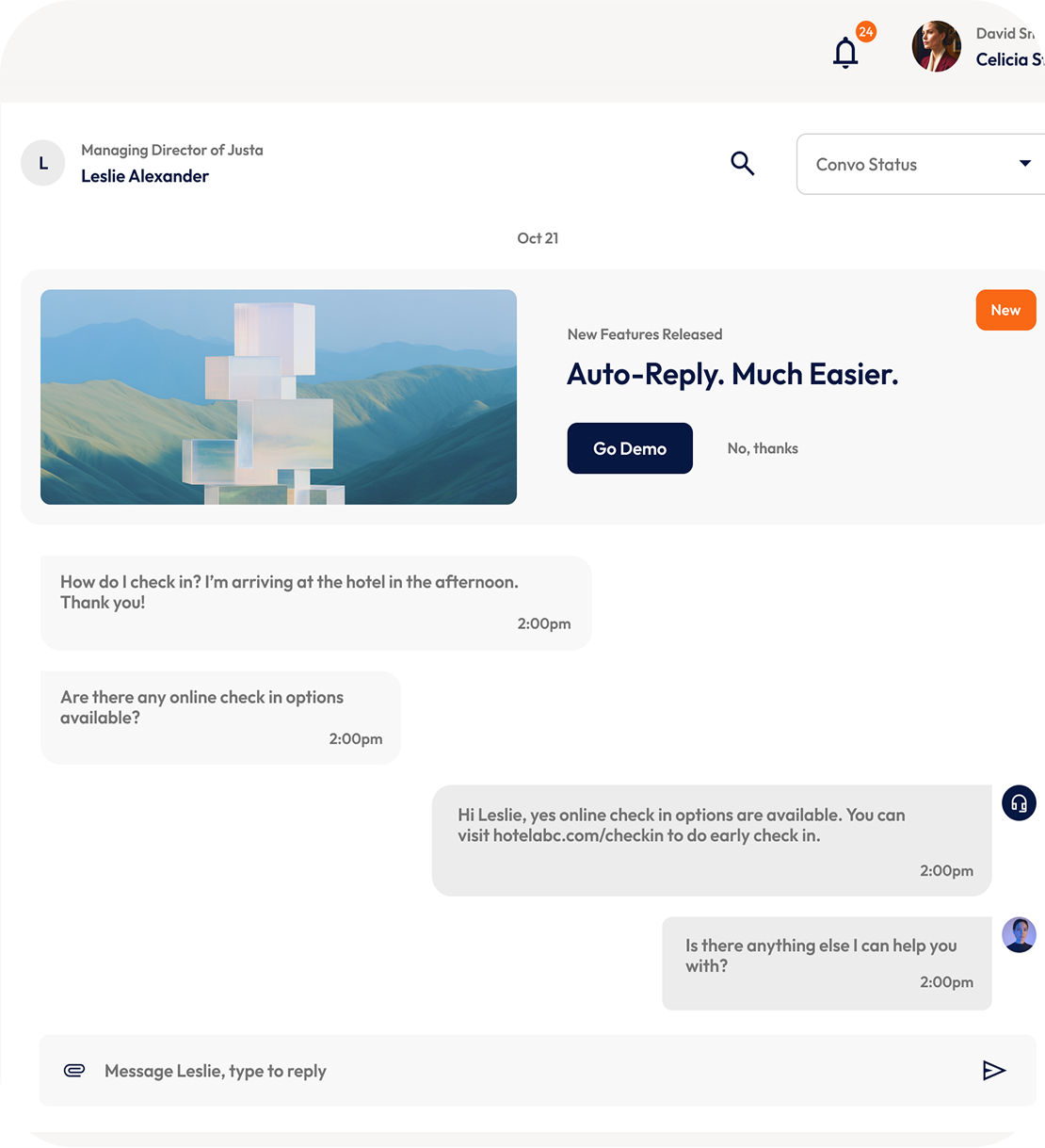Trabble
A SaaS platform to streamline guest management for the hospitality industry.

Summary
Trabble is an all-in-one SaaS platform designed to centralize and streamline guest management for the travel and hospitality industry. It empowers hotel staff to manage bookings, guest chats, and support requests from a single, unified dashboard, improving efficiency and elevating the guest experience.
Confidential
(Travel Tech Sector)
Client
Lead UI/UX Design, Prototyping
Contributions
4 Years 3 Months
Duration
SaaS Web Platform
Type
Processes
01
/
Requirements & Definition
Requirements Analysis, User Stories, Problem Definition
02
/
Ideation & Wireframing
Concept Sketching, User Flows, Low-Fidelity Design
03
/
UI Design & Prototyping
High-Fidelity Screens, Interactive Prototypes, Iteration
04
/
Validation & Reflection
Design Critique, Feedback Synthesis, Final Learnings
My process started with creating low-fidelity wireframes to explore different layouts for the main dashboard. A key design decision was to group recurring questions (see image below). The initial design simply listed all questions, but user testing showed this was inefficient. By aggregating similar questions, we significantly reduced cognitive load for the support agents.
The Challenge
“Hotel staff were spending an average of 3 hours per day answering the same repetitive questions from guests via different channels (Email, WhatsApp, Booking.com chat).”
"Lack of a centralized system led to slow response times and inconsistent answers, negatively impacting guest satisfaction scores."
The Solution
Centralized Guest Chats: By consolidating all communication channels into one dashboard, we reduced the need for staff to switch between multiple apps, improving response time by an estimated 40%.
Self-Service Knowledge Hub: We designed a knowledge base that empowers guests to find answers themselves, deflecting up to 30% of common inquiries.
Automated Chat Builder: Implemented a no-code chat builder for hotels to create simple bots for after-hours support.

My Role & Approach
As the lead UI/UX designer, my role was to take the product vision and translate it into a highly functional and usable interface. Working closely with the product team, I designed the user experience based on user stories and requirements provided via Jira.
My approach was to focus on clarity and efficiency. For a complex SaaS platform like this, the primary goal is to empower expert users to accomplish their tasks as quickly as possible. This meant designing a clear information architecture, creating intuitive workflows, and ensuring that even the most data-dense screens were easy to scan and understand.

Building the Design System
A robust and scalable design system was established in Figma to ensure consistency and efficiency throughout the project, covering everything from typography and color styles to interactive components.

A centralized library of reusable components, such as tags and chat bars, was created to ensure visual consistency and speed up the design process.
Assets
A clear typographic scale and color system were defined to establish a strong visual hierarchy and maintain brand cohesion across the entire platform.
Styles
The final UI for key settings, such as user roles and permissions, was designed to be intuitive, allowing managers to easily configure the platform to their specific operational needs.
Settings
1
From User Story to
UI Solution
A key part of my process was deconstructing user stories to find the most effective design solution for complex problems.
2
Example User Story
from Client
"As a hotel manager, I want a single view of all unanswered guest questions so I can prioritize responses and ensure no one is kept waiting."
3
My Design Solution
Instead of a simple list, I designed a dedicated "unanswered questions" queue on the main dashboard. Each item shows the guest's name, the time elapsed, and a snippet of the message, allowing the manager to instantly triage and assign tasks. This design directly addresses the user's need for prioritization and efficiency.
A central hub providing an at-a-glance overview of new bookings, active chats, and unresolved guest issues.
Unified Dashboard
A real-time, multi-channel chat interface that consolidates all guest conversations, allowing staff to provide fast and efficient support without switching between platforms.
Chat Management System
An integrated section where staff can access training materials and where guests can find quick answers to common questions.
Knowledge Hub & Tutorials
Showcase



